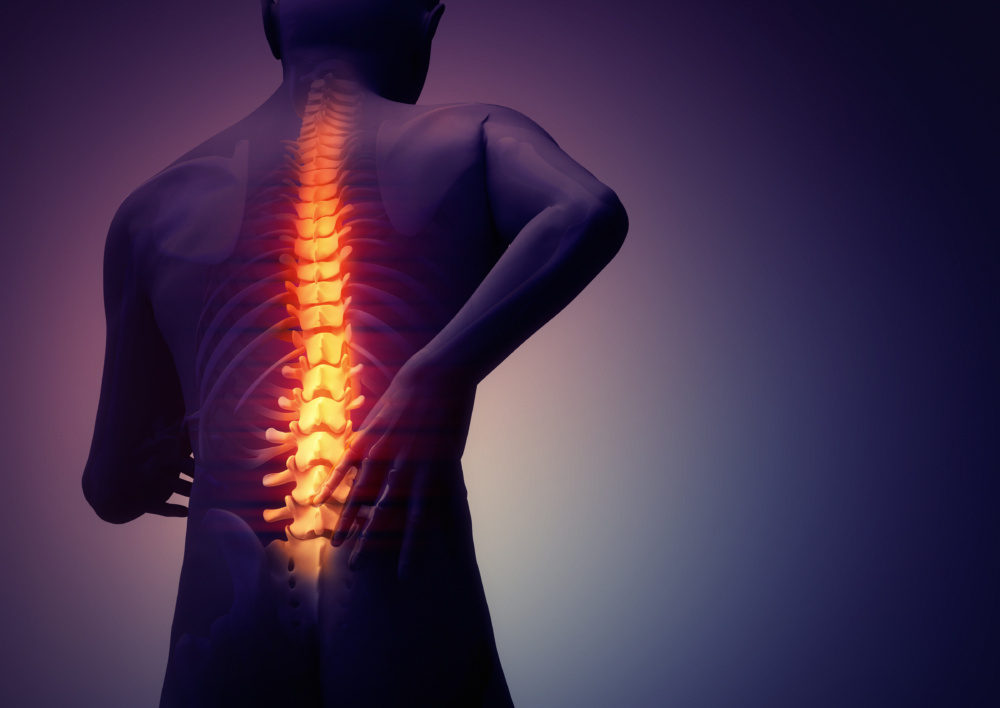South Texas Spine and Surgical Hospital
Laminotomy surgery and the procedure known as a laminectomy are surgical techniques carried out on the spine of a patient. In this article, we’ll look at what is involved in the operation, why an operation might be needed and what a patient can expect during recovery.
What is a Laminotomy or a Laminectomy?
Both of these procedures are simple surgical operations designed to reduce the pressure on the spine. This is achieved through partially (laminotomy) or completely (laminectomy) removing the ‘lamina’, a thin layer of bone that exists in the spine to protect the spinal cord and spinal canal. The lamina is part of the back of each individual vertebra in the spine and a surgeon may remove the lamina from one or several vertebrae during the procedure.
Although a laminotomy and a laminectomy are, strictly speaking, different procedures, the two words are often used interchangeably when referring to an operation on the lamina.
Why might the procedure be needed?
Surgical intervention is normally only tried when other, less invasive techniques have failed to achieve a good result for the patient. Surgery is carried out to reduce any pressure on the spinal cord that could result in significant pain, discomfort or a loss of mobility. Parts of the lamina can be removed without causing undue distress or vulnerability for the spinal cord as it is still well protected by muscle, the bones of the spine and other tissues that surround it.
In addition to removing the lamina itself, a surgeon may also remove or reduce bone spurs, or parts of ligaments that are pressing on the spine and causing pain.
Some of the conditions of the spine that may need this kind of surgery to fix them include:
. Arthritis of the spine (osteoarthritis)
. Herniated or ‘slipped’ discs
. Stenosis
. Sciatica
. Degenerative disc disease
. Other spinal conditions
The surgery itself is relatively straightforward and there are not normally any complications as a result of the operation.
What is the recovery from this surgery like?
. Some patients are able to leave the hospital on the same day or the day following their operation, although in some cases you may need to stay in the hospital for up to five days after the surgery to ensure that everything is healing properly.
. When you get home, you will continue to feel pain in your lower back, this is mainly due to the trauma caused by surgical intervention and you will be prescribed pain medication to help you manage the discomfort. You will probably need assistance to move around and also getting into and out of bed.
. After a few days, you should be able to complete light work (e.g. clerical, desk or administrative work).
. Within around two to four weeks of having the surgery, you should be able to start driving, although you should check with your doctor first of all. You should also be aware of any narcotic effects of any pain or other medication that you are taking and not drive if you are not able to think and react properly.
. For several weeks to several months after the surgery, you will need to restrict your movement and take care not to place too much stress on your back. This means that you should be very careful with any movement that involves lifting, stooping or bending.
. You should work with a physical therapist or your doctor to complete light exercises to strengthen the muscles of your back and to improve your mobility.
. You may have recurring pain for a few months but should make a full recovery within several months to a year.
This type of spinal surgery can drastically improve your quality of life and working with your physician or therapist during your recovery will ensure that you can return to normal activities as soon as possible.





Recent Comments